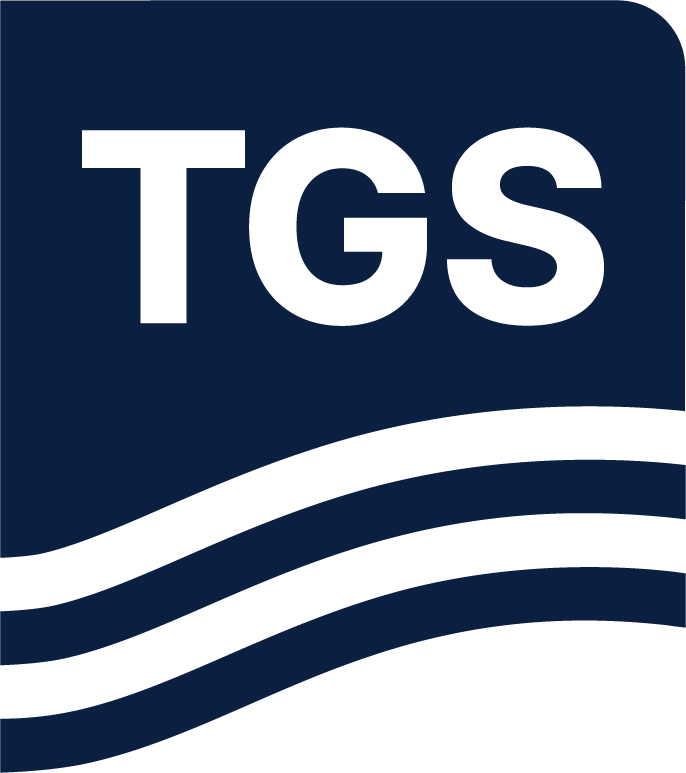Paper Summary
Geologically reasonable, data-driven velocity model building is critical for a seismic imaging project. This approach might struggle when the velocity is strongly heterogeneous, which is especially noticeable when gas pockets distort imaging with anomalously low velocities and high attenuation.
Shallow gas may disrupt a significant portion of the imaged depth. A successful workflow for an imaging project is presented in this article, which shows these types of anomalies in otherwise orderly shallow sediment.
Refraction- and reflection-based full-waveform inversion (FWI) generates high-resolution velocity contrasts, and alternating iterations of image-guided tomography resolve bulk travel time errors. This produces a geologically constrained velocity model with very high-contrast features at the imaged anomalous regions, leading to obvious uplift in deeper sediments.

